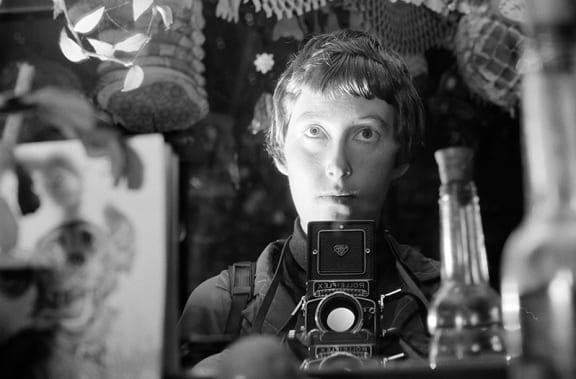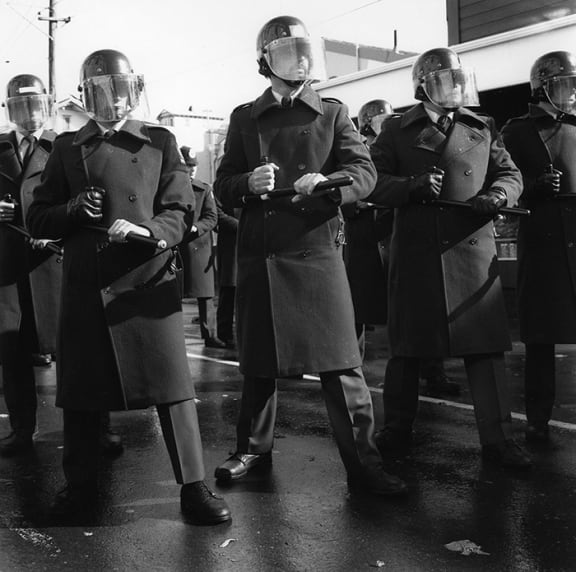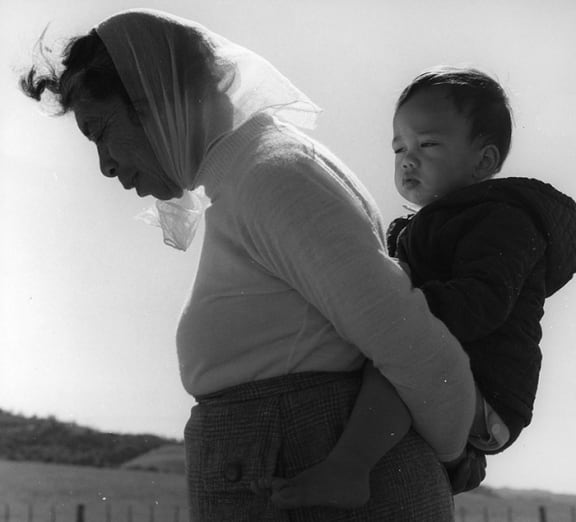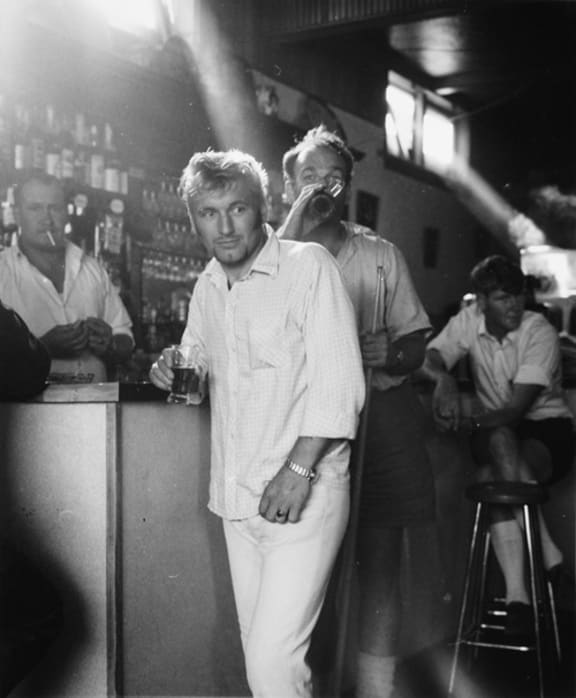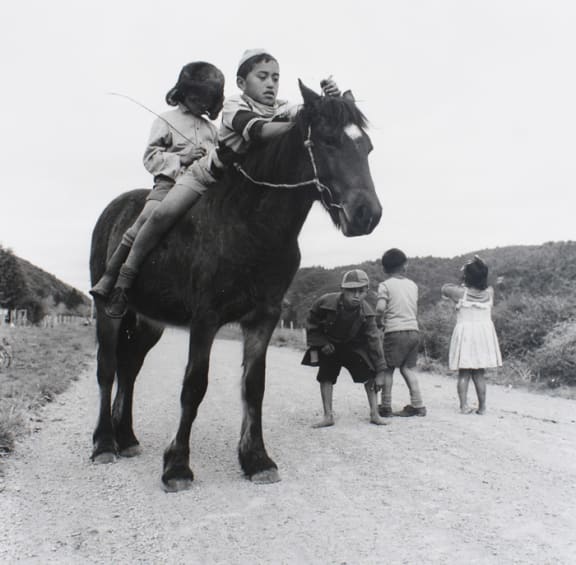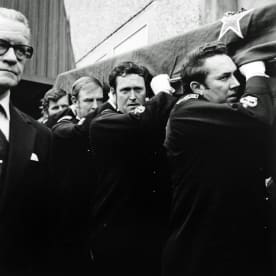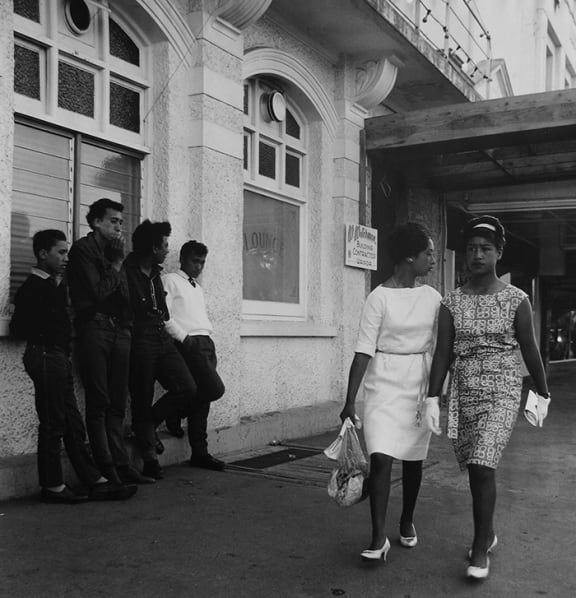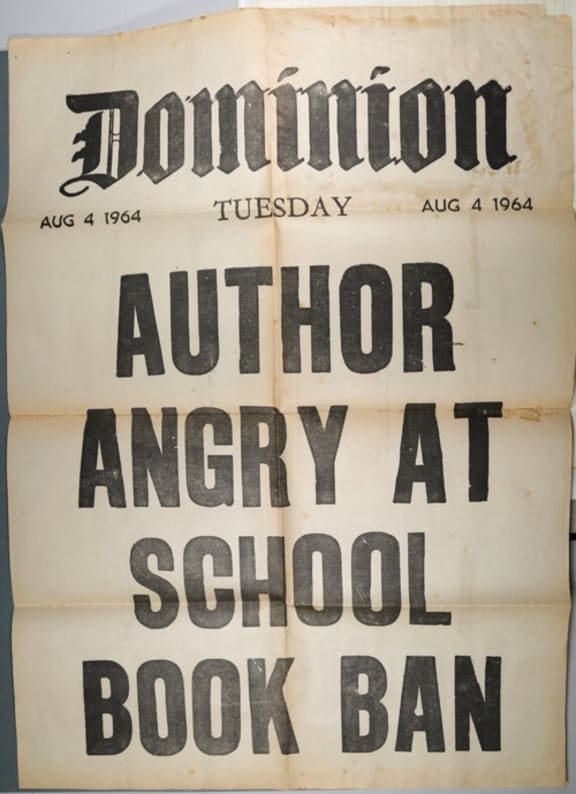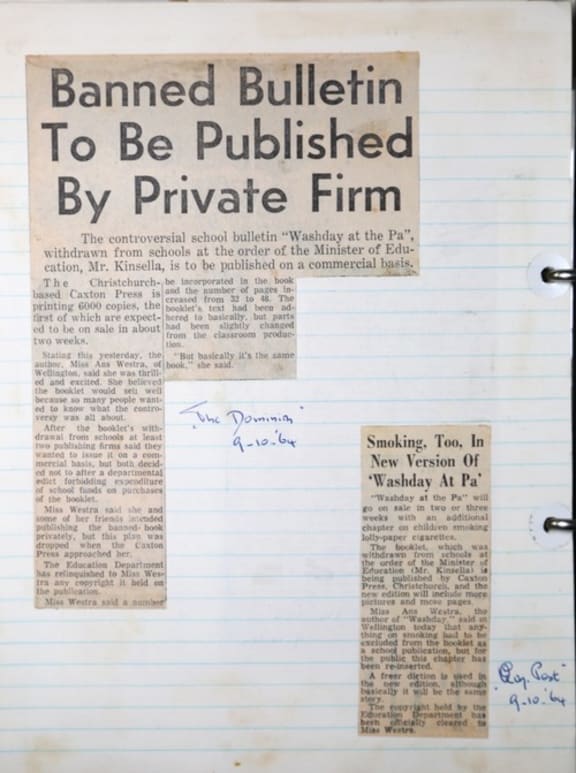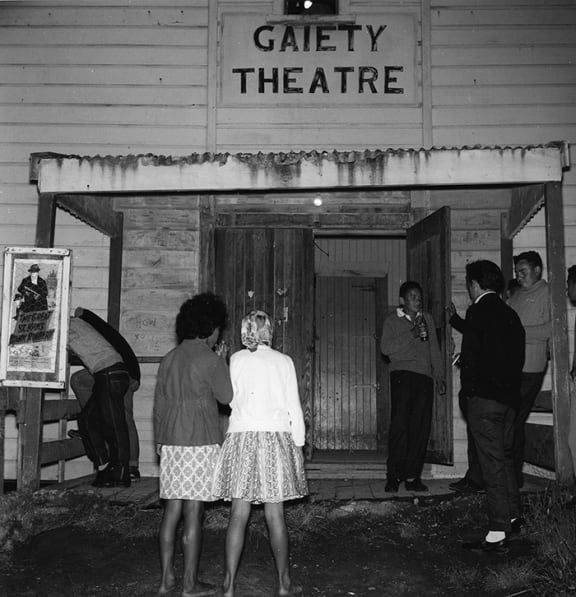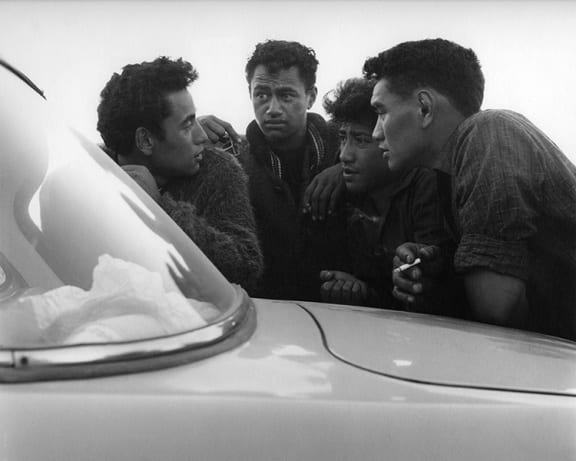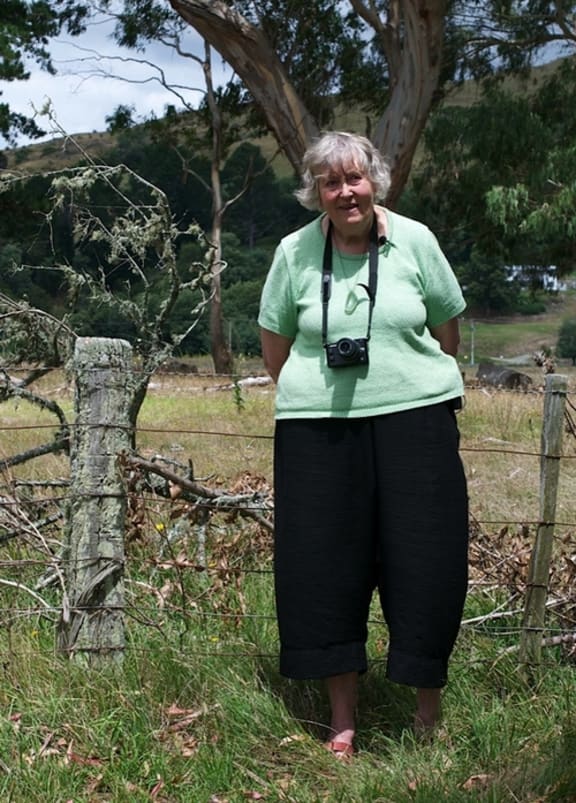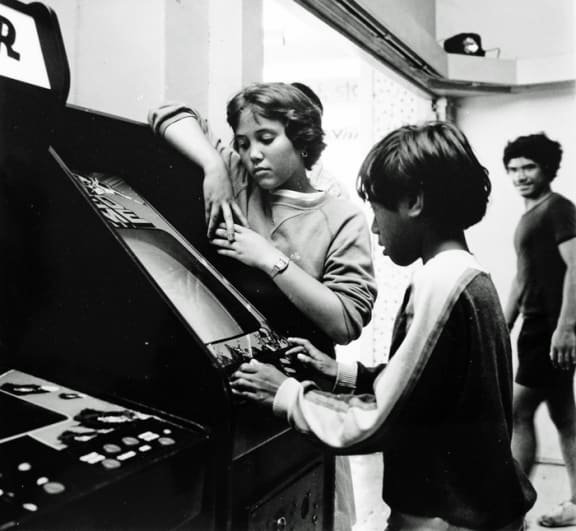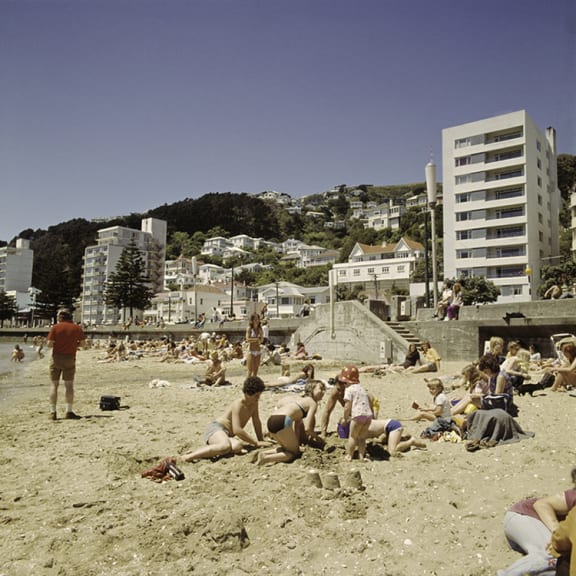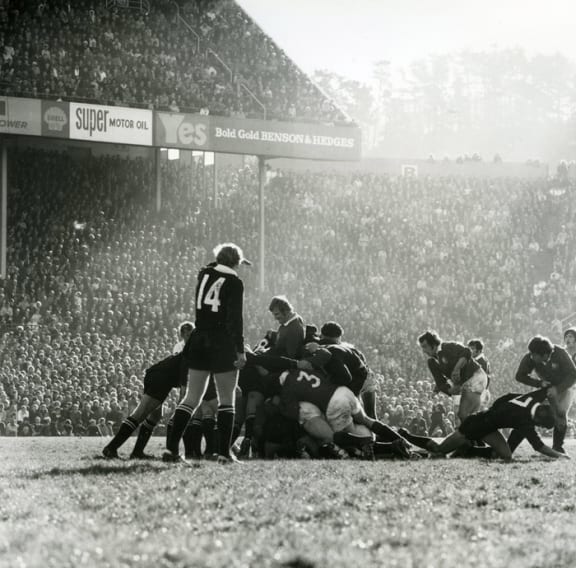A living museum devoted to the work of photographer Ans Westra has opened in Wellington.
A new living museum has been devoted to the life and work of photographer Ans Westra. She has been documenting New Zealand life for six decades, capturing significant moments in history as well as the everyday life of people throughout the country.
It is unprecedented in this country for a private exhibition or museum to be dedicated to the life of one person, but the man behind it, David Alsop of Suite Gallery in Wellington, says given her importance and enormous body of culturally and historically important work, he wanted to facilitate a greater public access to her photographs. It is now open in a space above Suite Gallery on Wellington's Cuba st.
The publicly-funded Alexander Turnbull Library has also collaborated on this initiative, as it owns Ans Westra's negatives.
LISTEN to Kathryn Ryan's interview with David Alsop of Suite Gallery and Natalie Marshall the Curator of Photographs for the Alexander Turnbull Library.
Read an edited snapshot of their conversation below:
What has been involved in the collaboration from the library’s perspective? Let me get this correct, you own the negatives, we’re in this digitisation process right now, but you own the negatives, right? So what has been involved in the collaboration from your end and the practicality to get it underway?
Natalie Marshall – Well, as David said before, a contract was signed in 1982 between the library and Ans Westra, so that was when the library had known about Ans’ significance as a photographer. She had been working as a photographer for 20 years by then, so the library’s part has been to care for those negatives, the original collection items, to provide access to them – largely by proof sheets in the past, until the collection has been digitised, that has been the main access point – purchasing digitised versions of those negatives, meaning that there is much greater access to those negatives now. It is a wonderful thing for the library, it is a wonderful thing for Ans’ work.
It wasn’t that straight forward though was it David, you had to go in and argue that the pre-internet agreement, was… you know…
David Alsop - Well, I don’t know if ‘argue’ is the right word Kathryn! We met around a table a couple of times. It did need updating, obviously, 1982 compared to the modern era of internet usage particularly and the issues that flow from there as an artist and copyright holder of work.
So did everyone have to get together and effectively renegotiate understandings of the responsibilities?
David Alsop - The 1982 agreement was not crystal clear on the ownership of the negatives so we refreshed that and recorded an understanding now that the negatives are property of New Zealand through the library. Second to that was the agreement relating to the digitisation of the negative archives, which is about 5/6ths of the way through. We’ve had an assistant working full time on that for nearly two years now.
How many negatives does the library hold of Ans’ work?
Natalie Marshall – When the digitisation is complete, it will be about 60,000 images, so it is a significant collection, a significant body of work. Spanning decades, really. That’s part of the reason for it being such a comprehensive collection of the latter part of the 20th Century.
What is so significant about her work?
Natalie Marshall – one of the aspects of the significance is the span of time that she has been working, the quality of her work… she’s documented pivotal events in New Zealand history; the land march, the 1982 springbok tour, but she has also captured day to day events; people doing the laundry in small communities in New Zealand. She’s captured day to day life as well as those large events, which means the collection is of interest to a wide range of researchers.
